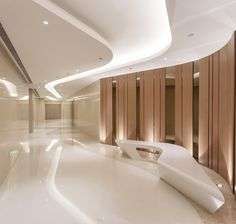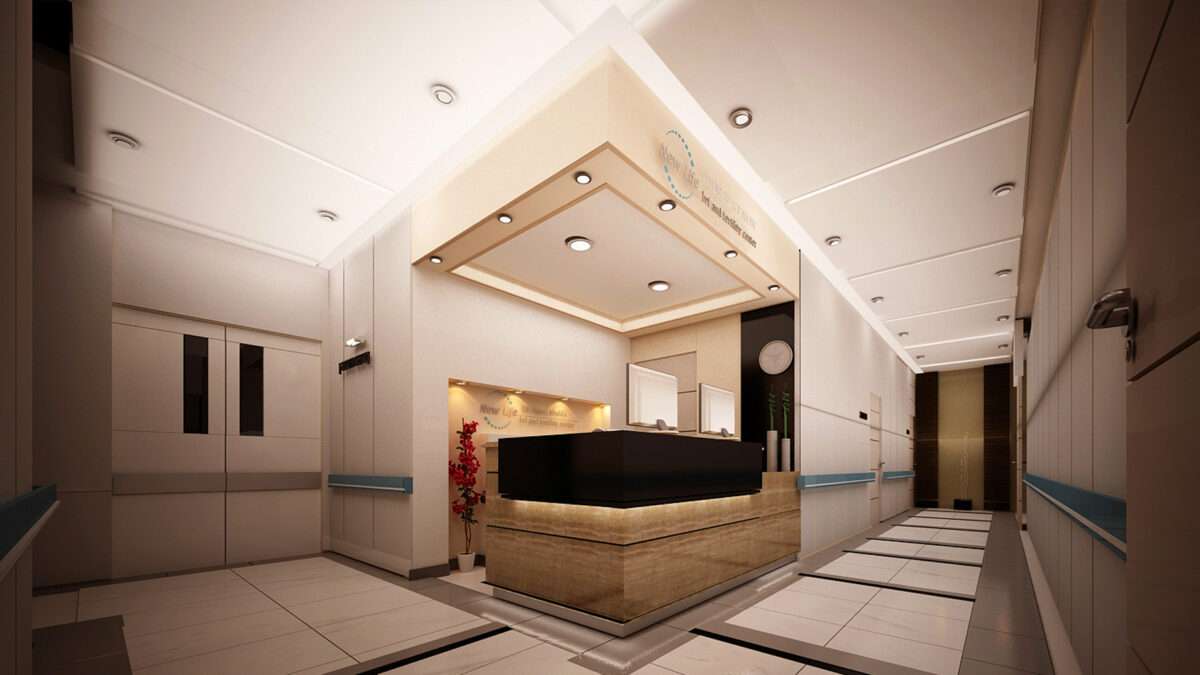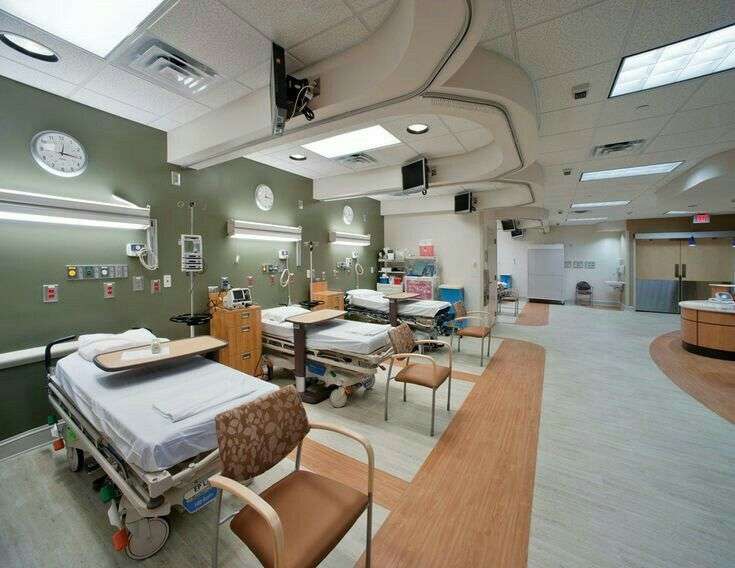
Why Is RCC Necessary for Hospital Construction?
July 22, 2024
Why Is Hospital Staff Training Important?
August 2, 2024When it comes to building IVF hospitals, interior design is not just about aesthetics; it’s about creating a nurturing and supportive environment that can significantly impact the well-being of patients and staff. At Hospertz we understand that the design of an IVF hospital should cater to the emotional and physical needs of patients, ensuring a calm, comfortable, and stress-free experience. Let’s explore the best practices for designing an IVF hospital that excels in both function and form.
Understanding the Needs of IVF Patients
Patients undergoing IVF treatments are often dealing with a mix of hope, anxiety, and physical discomfort. The interior design should address these needs by creating spaces that promote relaxation and comfort. A supportive environment can make a significant difference in a patient’s journey, providing a sense of calm and reassurance during a stressful time.
Choosing the Right Color Palette
Colours play a crucial role in setting the tone of any space. For an IVF hospital, it’s essential to choose colours that are calming and soothing. Soft blues, greens, and pastels can create a serene atmosphere, while avoiding harsh, clinical tones like stark whites or bright reds. The goal is to create a space that feels more like a spa than a traditional hospital.
Lighting Design
Lighting can dramatically affect the mood and functionality of a space. Natural light is ideal, as it can enhance the overall ambiance and provide health benefits. However, in areas where natural light is limited, soft, warm artificial lighting can create a cozy and inviting environment. Avoiding harsh fluorescent lights is key to maintaining a comfortable setting.

Comfortable and Functional Furniture
Furniture in an IVF hospital should be both comfortable and functional. Ergonomic chairs and sofas in waiting areas can help alleviate stress and discomfort for patients and their families. It’s also important to ensure that staff have comfortable and practical furniture, as they spend long hours providing care.
Private and Comfortable Consultation Rooms
Privacy is paramount in IVF consultations. Patients need to feel secure and comfortable when discussing sensitive issues. Designing intimate and cozy consultation rooms with soundproofing can help ensure confidentiality and create a trusting atmosphere.
Creating a Welcoming Reception Area
The reception area is the first point of contact for patients, so it’s essential to make a positive first impression. A welcoming and efficient reception area can set the tone for the rest of the visit. Comfortable seating, friendly staff, and a streamlined check-in process are all critical components.
Incorporating Nature and Greenery
Biophilic design, which incorporates natural elements into the interior, has been shown to reduce stress and promote healing. Adding indoor plants, water features, and natural materials can create a tranquil environment that benefits both patients and staff.
Artwork and Decor
The artwork and decor chosen for an IVF hospital should be uplifting and positive. Avoiding overly clinical or abstract pieces can help create a more comforting atmosphere. Instead, opt for artwork that depicts nature, family, and hopeful themes.
Technology Integration
Modern technology can enhance the patient experience and improve the efficiency of care. Smart solutions like digital check-ins, patient information systems, and advanced medical equipment should be seamlessly integrated into the design.
Safe and Hygienic Design
Cleanliness is crucial in a healthcare setting. Choosing materials that are easy to clean and maintain, such as antimicrobial surfaces and flooring, can help ensure a safe and hygienic environment. Additionally, designing spaces that minimize clutter can make cleaning more efficient.
Specialized Treatment Rooms
Each treatment room in an IVF hospital should be designed for its specific purpose. This includes having the appropriate equipment and layout to support various procedures. Specialized rooms should also be designed with patient comfort in mind, ensuring a calming and reassuring environment.
Family-Friendly Spaces
Family support is a vital part of the IVF journey. Designing spaces where family members can wait comfortably, including child-friendly areas, can make a significant difference. Providing amenities like play areas and comfortable seating can help families feel more at ease.
Conclusion
Thoughtful interior design in an IVF hospital can make a significant impact on the patient experience. By creating a calming, supportive, and functional environment, we can help alleviate some of the stress and anxiety associated with IVF treatments. From choosing the right colors and lighting to incorporating nature and modern technology, every detail matters in creating a space that feels welcoming and nurturing.




